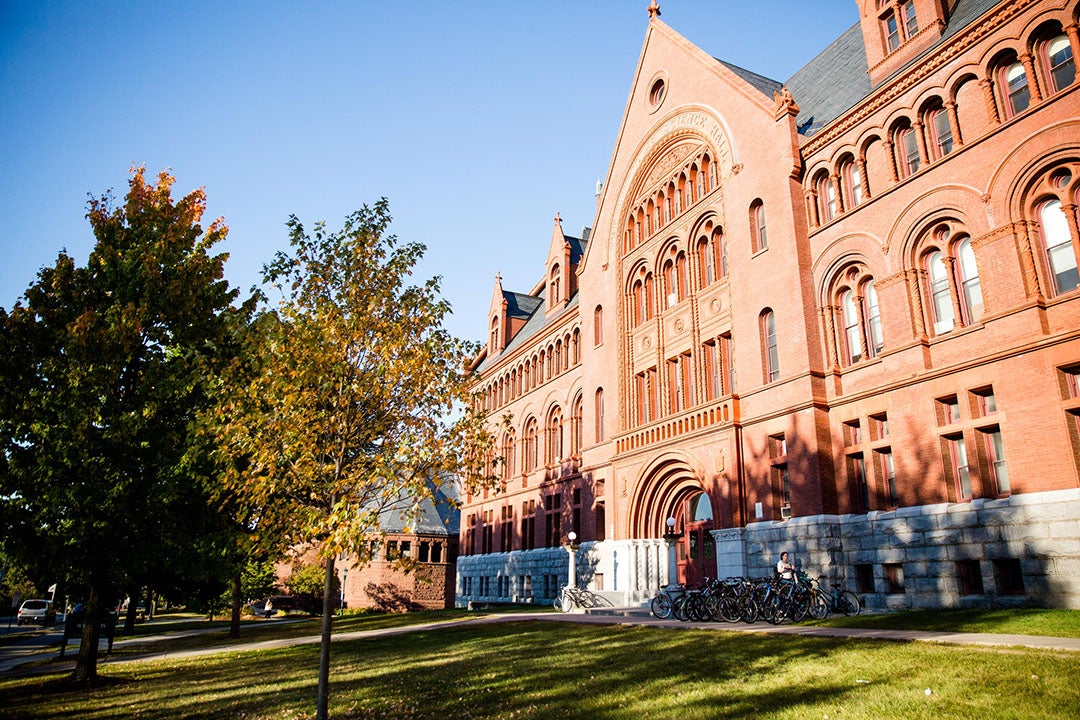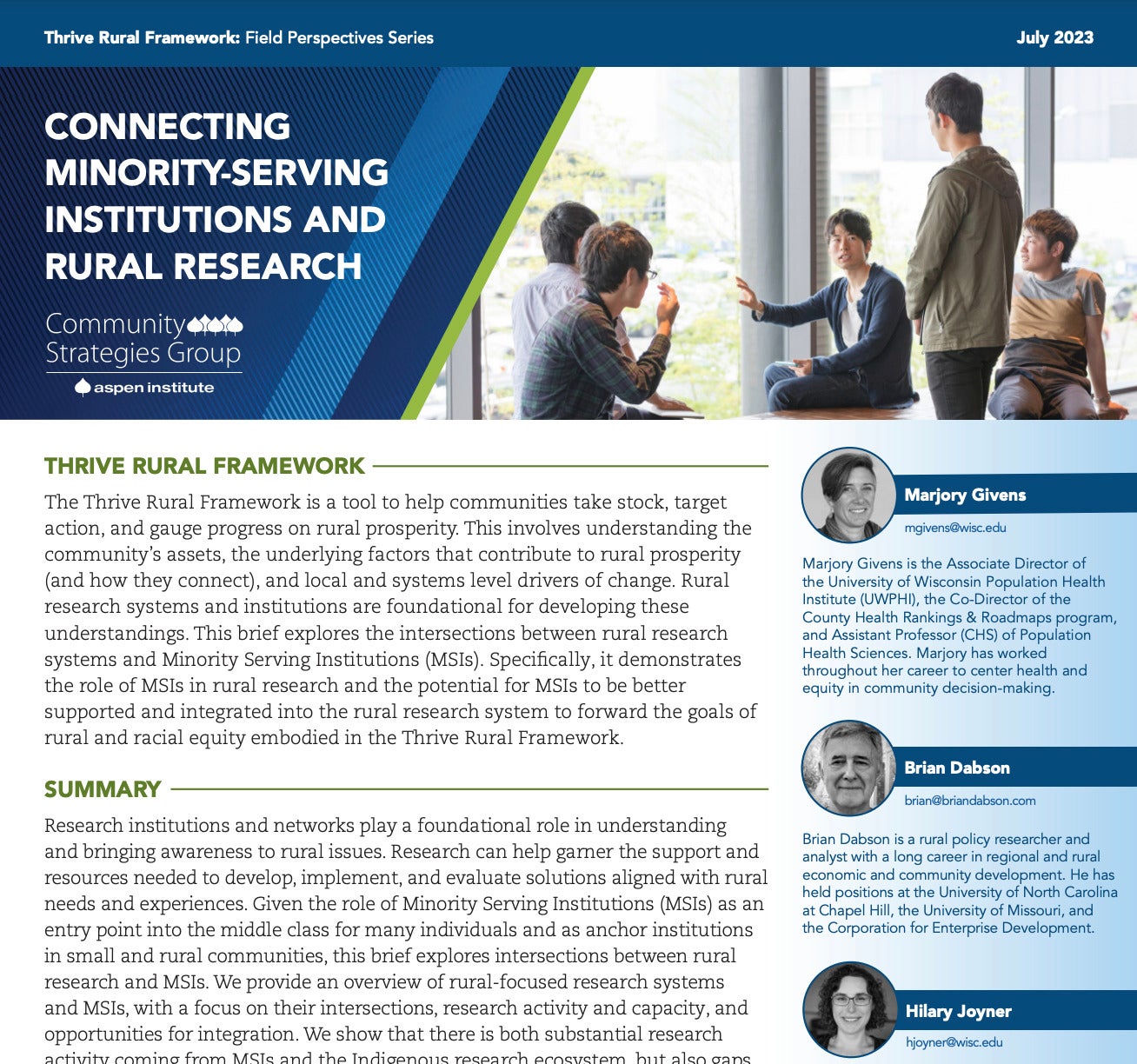Last month, the Pew Research Center revealed that nearly two-thirds of Republicans believe colleges and universities have a negative impact on society. (By contrast, over half of Republicans had a favorable view of higher education only two years ago, in 2015.)
The facts all point in the other direction. A bachelor’s degree is worth, on average, nearly a million dollars more over a lifetime than only a high school diploma; an associate’s degree is worth nearly half that. And the demand for college-educated workers is growing. Although just over 40 percent of American adults have a college degree, projections estimate that in just a few years, nearly two-thirds of US jobs will require a college credential. In other words, the value of a college degree has never been higher.
How is it, then, that so many Americans have so quickly lost faith in the very institutions that give them and their families the best shot at a better life?
Some believe the rapid decline in trust is being driven by an increase in the number of incidents and media stories about political correctness and protests on college campuses. There can be little doubt that deep political division in our country has spilled over onto college campuses, fueling uncivil discourse and censorship of divergent perspectives. This poses real challenges for how colleges and universities operate and how they are perceived.
But something else is happening. Surveys show that an increasing number of Americans are questioning the costs and benefits of a college education. At a time when our nation needs more people with college degrees, enrollments are precipitously dropping, particularly at community colleges. The fastest growing part of the college-age population — Hispanic students and those from low-income families — are today among those least likely to attain a college degree.
Colleges and universities can help reverse these trends by reclaiming the narrative about what higher education provides and the value it offers individuals and society. But that will require listening carefully and responding to student and family concerns about costs, while appealing to their highest aspirations.
The least valuable college education is one that fails to result in a degree. Nearly half of first-time US undergraduates fail to graduate. Part of the problem is that students are not adequately supported in choosing a clear course of study early in their college careers, and are instead left to select courses based on other factors, such as what fits into their work schedules. Moreover, about 40 percent of students transfer during their undergraduate studies and, when they do, too many credits earned at their first college are not counted by their second.
Increasing numbers of institutions are demonstrating that these problems can be solved. Georgia State University and South Dakota’s Lake Area Technical Institute have developed very clear pathways to degrees and then support students all the way to graduation, while Broward College and Florida International University have reduced credit loss for transfers by building much clearer two-plus-two degree pathways and stronger advising systems. The result is higher graduation rates in shorter periods of time.
Of course, reducing cost is only half of the battle. Colleges also need to increase the benefits of going to college in terms that speak to student and family aspirations — having a fulfilling life and career after college. While the average value of a college degree is substantial, some college degrees have relatively little value in the labor market. Here too, colleges are proving that they can rise to the challenge. At Worcester Polytechnic Institute (WPI), every student participates in long-term inquiry-based learning projects to help increase their critical thinking skills. At Spelman College, faculty members ensure that students are learning at a high level and prepared for life after college by bringing principles of social and cognitive science into the classroom. Not surprisingly, graduates of both Spelman and WPI have better post-graduation career outcomes than those from similar institutions. Both schools serve as strong engines of social mobility, ensuring that low-income and African-American students learn the skills and mindsets needed to excel in the workplace.
These colleges and universities demonstrate a powerful way to reclaim the narrative: Deliver high quality outcomes at a reasonable cost. And for those skeptics who want proof? There’s nothing more powerful than evidence: graduates with low debt who are thriving in the work place.


